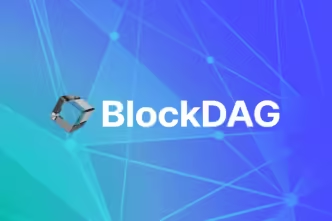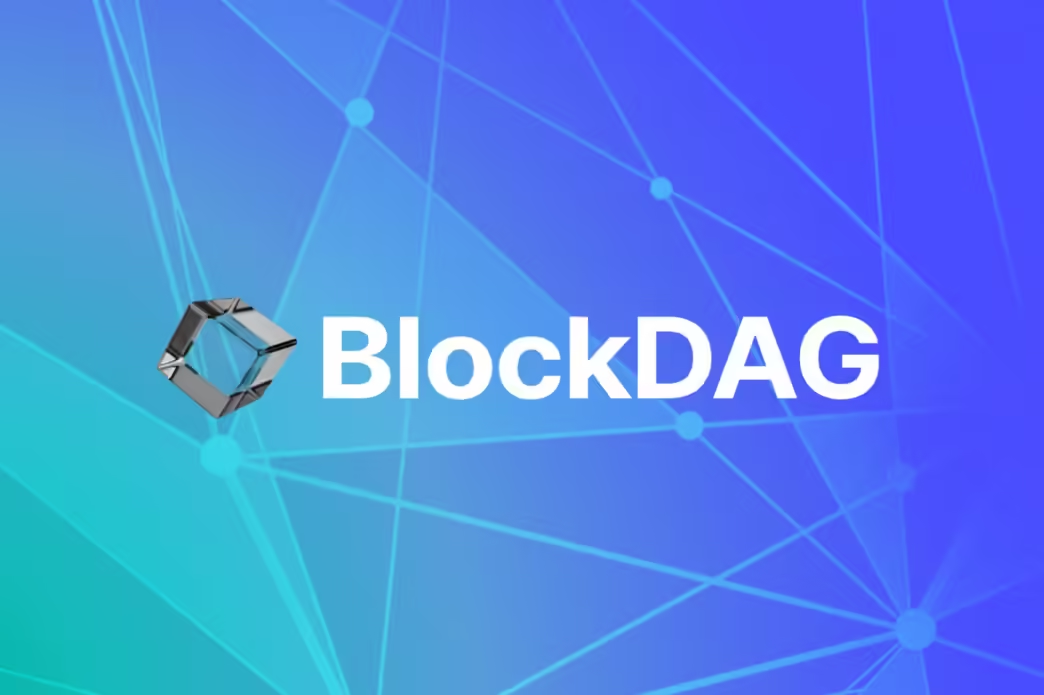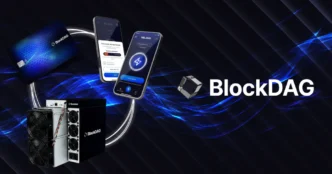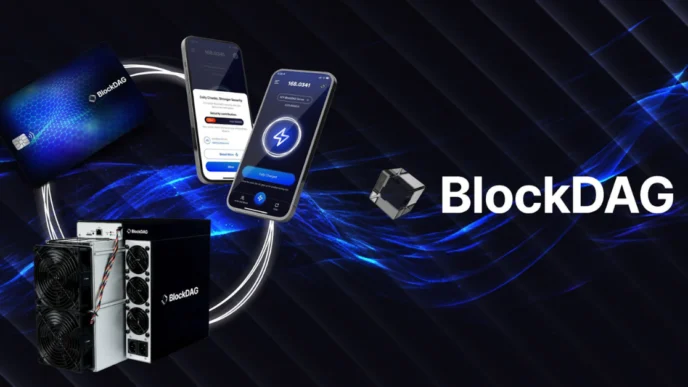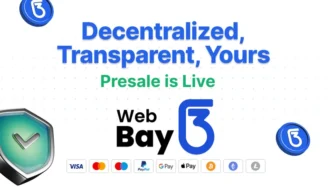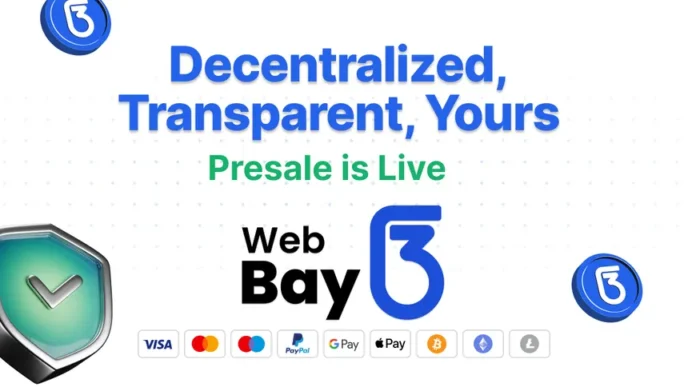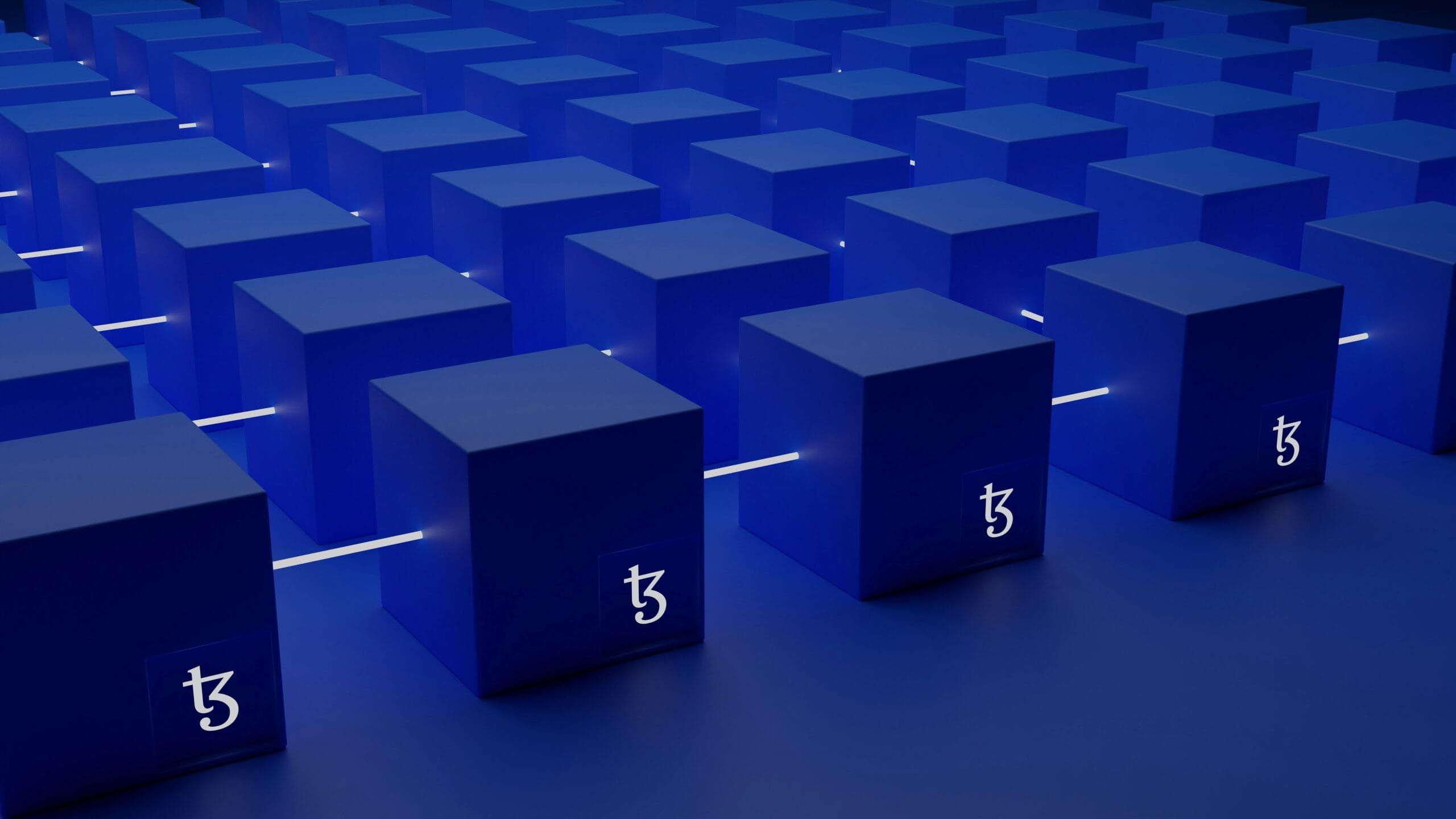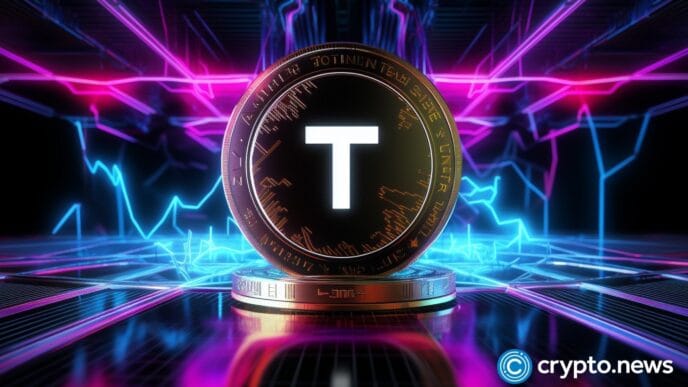Understanding Blockchain Limitations
Traditional blockchain technology, while revolutionary in many respects, is not without its limitations. One of the most prominent challenges is scalability. As the number of users and transactions on a blockchain increases, the linear structure of traditional blockchains can become a bottleneck. This linear progression results in each block being added sequentially, which can significantly limit the number of transactions processed per second. For instance, Bitcoin can handle approximately seven transactions per second, while Ethereum can process around 30, well below the throughput of centralized systems such as Visa. This gap becomes especially problematic during periods of high demand, leading to congestion within the network.
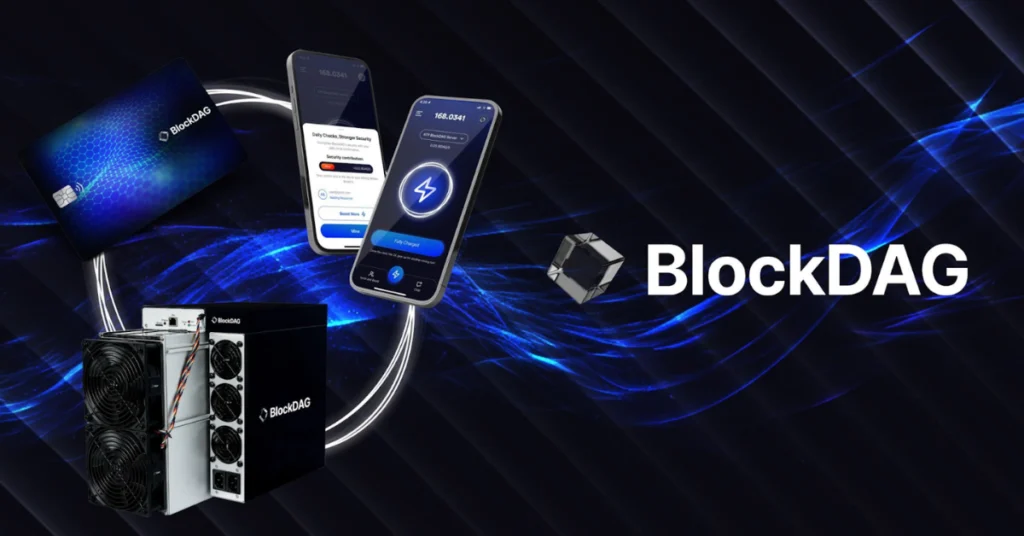
Transaction speed is directly affected by these scalability issues. As more users attempt to access the blockchain, the network can become overwhelmed, resulting in delayed transaction confirmations. Users may experience longer waiting times and, in some cases, may have to pay higher transaction fees to prioritize their transactions over others. Such fees can vary dramatically based on network congestion; for example, during periods of high activity, Ethereum transaction fees surged, prompting many users to seek alternatives. This shows that traditional blockchains, while secure, can inadvertently discourage everyday usage for smaller transactions.
Energy consumption is another noteworthy concern with traditional blockchain systems. The proof-of-work mechanism employed by Bitcoin and similar platforms requires significant computational resources, leading to substantial energy usage. As the network grows, so does the energy burden, which raises environmental concerns. This not only affects the sustainability of blockchain technology but also poses a risk if users and governments prioritize energy-efficient practices. Overall, the limitations of blockchain technology demand innovative solutions to enhance performance and sustainability in an evolving digital landscape.
Introduction to BlockDAG Technology
BlockDAG, or Directed Acyclic Graph technology, represents a significant evolution in the structure and efficiency of decentralized systems compared to traditional blockchain architectures. Unlike a conventional blockchain, where transactions are processed sequentially and recorded in a linear chain, BlockDAG facilitates parallel transaction confirmations. This fundamental difference allows for increased throughput, which is crucial as the demand for faster and more efficient transaction processing continues to grow.
The key advantage of BlockDAG over traditional blockchains lies in its unique architecture that enables multiple transactions to occur simultaneously. In a traditional blockchain, each block is dependent on the one before it, leading to bottlenecks during times of high transaction volume. In contrast, BlockDAG allows transactions to be confirmed concurrently, significantly reducing confirmation times and enhancing the overall scalability of the network.
Various mechanisms within the BlockDAG architecture contribute to its efficiency. For instance, each transaction can reference multiple previous transactions, effectively creating a web-like structure that enhances connectivity and reduces the likelihood of network congestion. The consensus mechanisms utilized in these systems also adapt to the high transaction throughput, ensuring that all transactions remain secure and validated without the delays typically associated with traditional blockchain approaches.
Real-world implementations of BlockDAG technology, such as IOTA and Nano, serve as illustrative examples of its potential. IOTA, designed primarily for the Internet of Things (IoT), utilizes a BlockDAG framework called the Tangle, allowing for feeless transactions and remarkable scalability. Similarly, Nano employs a BlockDAG structure that prioritizes speed and efficiency, offering instantaneous transactions without fees. These examples highlight BlockDAG’s promise as a viable solution to some of blockchain technology’s most pressing limitations.
Advantages of BlockDAG Over Traditional Blockchains
BlockDAG, or directed acyclic graph architecture, presents several distinct advantages over conventional blockchain systems, primarily regarding scalability, transaction costs, and energy efficiency. Traditional blockchains are often encumbered by limitations stemming from their linear structures; they process transactions sequentially, which can lead to bottlenecks, especially during periods of high demand. In contrast, BlockDAG’s architecture allows multiple transactions to be processed simultaneously, leading to a significantly increased transaction throughput. This feature enables BlockDAG systems to handle a much larger volume of transactions without compromising speed, resolving one of the most critical challenges faced by blockchain technology.
Another notable advantage of BlockDAG systems is the reduction in transaction costs. In traditional blockchain systems, users often face high fees during congestion due to the miner’s costs associated with transaction validation. By alleviating the need for resource-intensive mining processes, BlockDAG structures allow for more economical transaction validation, effectively lowering costs for users engaged in transferring assets or services. This aspect enhances the accessibility of the technology, making it feasible for a broader audience to utilize digital transactions without incurring prohibitive fees.
Energy efficiency is another significant advantage of BlockDAG over traditional blockchains. Conventional blockchain networks typically rely on energy-intensive proof-of-work (PoW) mechanisms, resulting in considerable environmental impact. BlockDAG systems sidestep this issue by eliminating miners and using alternative consensus mechanisms, leading to more sustainable operational models. This shift not only reduces energy consumption but also democratizes network participation, fostering greater decentralization and security. Overall, BlockDAG’s innovative approach addresses many limitations of traditional blockchain systems, paving the way for a more efficient and eco-friendly future in digital transactions.
The Future of Distributed Ledger Technology with BlockDAG
The emergence of BlockDAG technology presents a transformative opportunity for the future of distributed ledger technology (DLT). Unlike traditional blockchain structures, which can become congested and face scalability challenges, BlockDAG offers a solution that supports transactions in a more parallelized manner. This innovative approach allows for increased throughput and lower latency, making it a compelling choice for a variety of industries, including finance, supply chain management, and healthcare.
One significant advantage of BlockDAG systems is their potential to address existing issues faced by conventional blockchain networks. For example, in financial sectors, transaction speed is paramount. Traditionally, block confirmation times can hinder operational efficiency; however, a BlockDAG architecture enables instantaneous confirmations, which can be particularly beneficial for high-frequency trading applications. Similarly, in the supply chain realm, real-time tracking of goods becomes feasible, promoting transparency and trust between parties.
The utility of BlockDAG also extends to data integrity and auditing. With increasing regulatory scrutiny in industries such as banking and pharmaceuticals, the ability to provide immutable records becomes crucial. BlockDAG facilitates this by ensuring that data can be logged and verified through a decentralized framework, reducing the risk of tampering or fraud.
As trustless systems continue to gain ground in global transactions, the evolution of BlockDAG technology is likely to accelerate. This growth will demand heightened community and developer engagement, as collaborative efforts will play an essential role in refining the technology and expanding its applicability. Open-source projects will thrive on contributions from a broad spectrum of developers, encouraging innovation that aligns with industry needs and enhances user experience.
In conclusion, the future of distributed ledger technology is poised for a significant shift towards BlockDAG implementations, where enhanced scalability and faster transaction capabilities will change the landscape of various sectors. By harnessing this technology, industries can expect more efficient, secure, and transparent operations in their processes.
